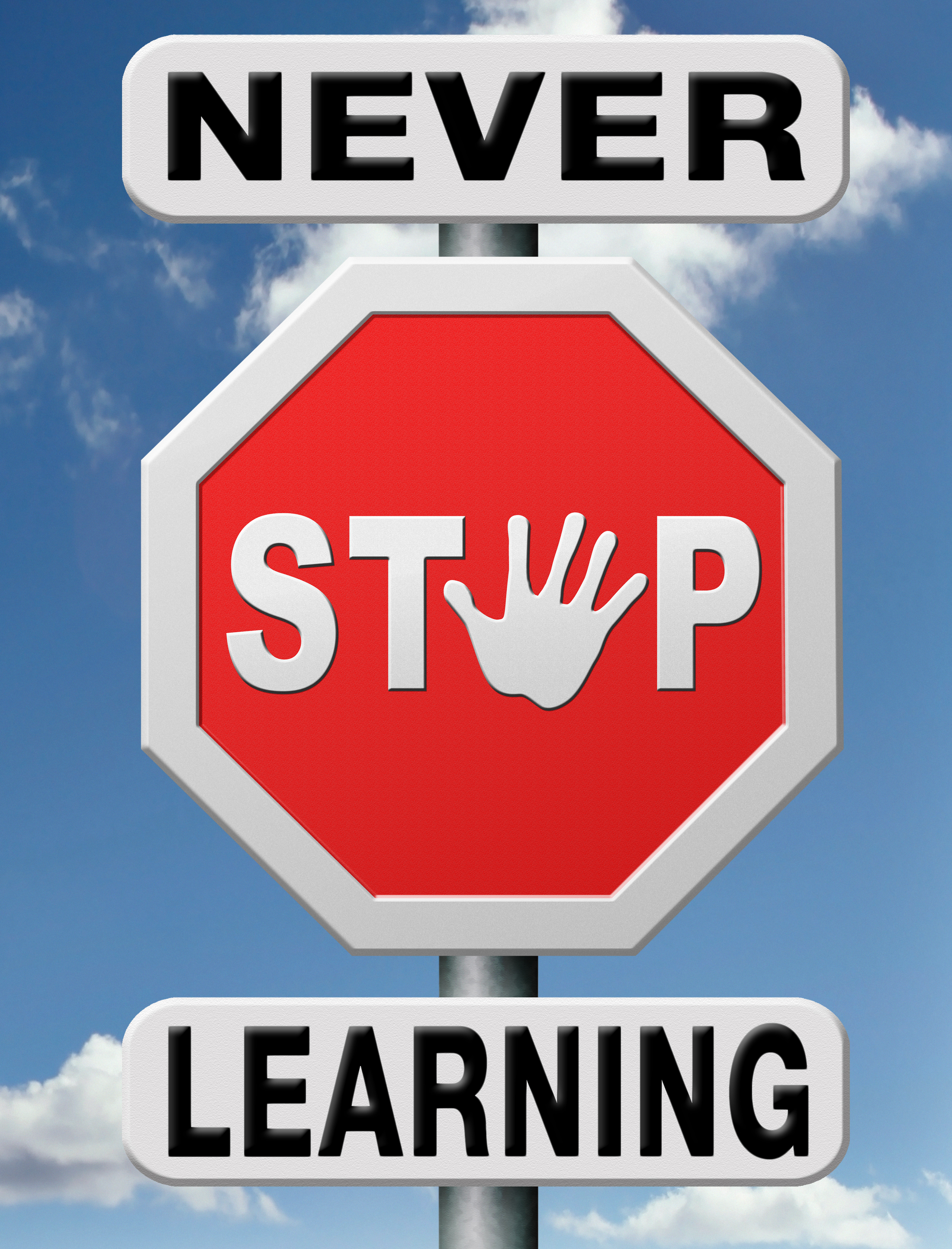My last couple of blogs were 
For a quick review, the S in the model stands for See the Future and points out the importance of having a compelling vision for the future. The first E in the SERVE model stands for Engage and Develop Others. As a leader, you must be able to put the right people in the right roles, and you must invest in their development.
Now I want to tell you about the R in the SERVE model, which stands for Reinvent Continuously. This is a very big concept so I’ve broken it down into three components: Personal reinvention, systems and processes reinvention, and structural reinvention.
First, if you want to be a great leader, you must reinvent continuously on a personal level. Simply knowing how to do your job today doesn’t secure your success tomorrow. Read, watch videos, listen to audio books or podcasts, talk to colleagues, work with a mentor, or join associations or special interest groups. It’s important to keep up with this ever-changing world so that you can be innovative and bring new ideas that will respond to future challenges. In fact, Mark and I believe if you stop learning, you stop leading.
The second component applies to reinventing systems and processes. It’s critical to keep looking for ways to improve how your business is conducted. A key point to always remember, whether you are looking for ways to cut costs, reduce errors, increase speed to market, or simplify processes, is to talk to your people. Because they are in the trenches with your products, services, and customers, they often generate ideas executive leaders wouldn’t come up with. Getting input from people at all levels in your workplace also increases buy-in.
The third part is all about structural reinvention. Sometimes the way an organization is structured just doesn’t make sense for future growth. The best leaders recognize this and are willing to be flexible when it comes to restructuring teams, departments, and sometimes entire functions.
Continuous reinvention is a long-term quest. To get started on your reinvention journey, ask yourself these questions:
- Who are my mentors?
- What am I learning?
- What systems or processes need to be changed to improve how we do business?
- Do any teams, departments, or functions need restructuring to enhance future performance?
I’d love to hear from you. In what ways have you reinvented yourself, your workplace systems and processes, or your organization?